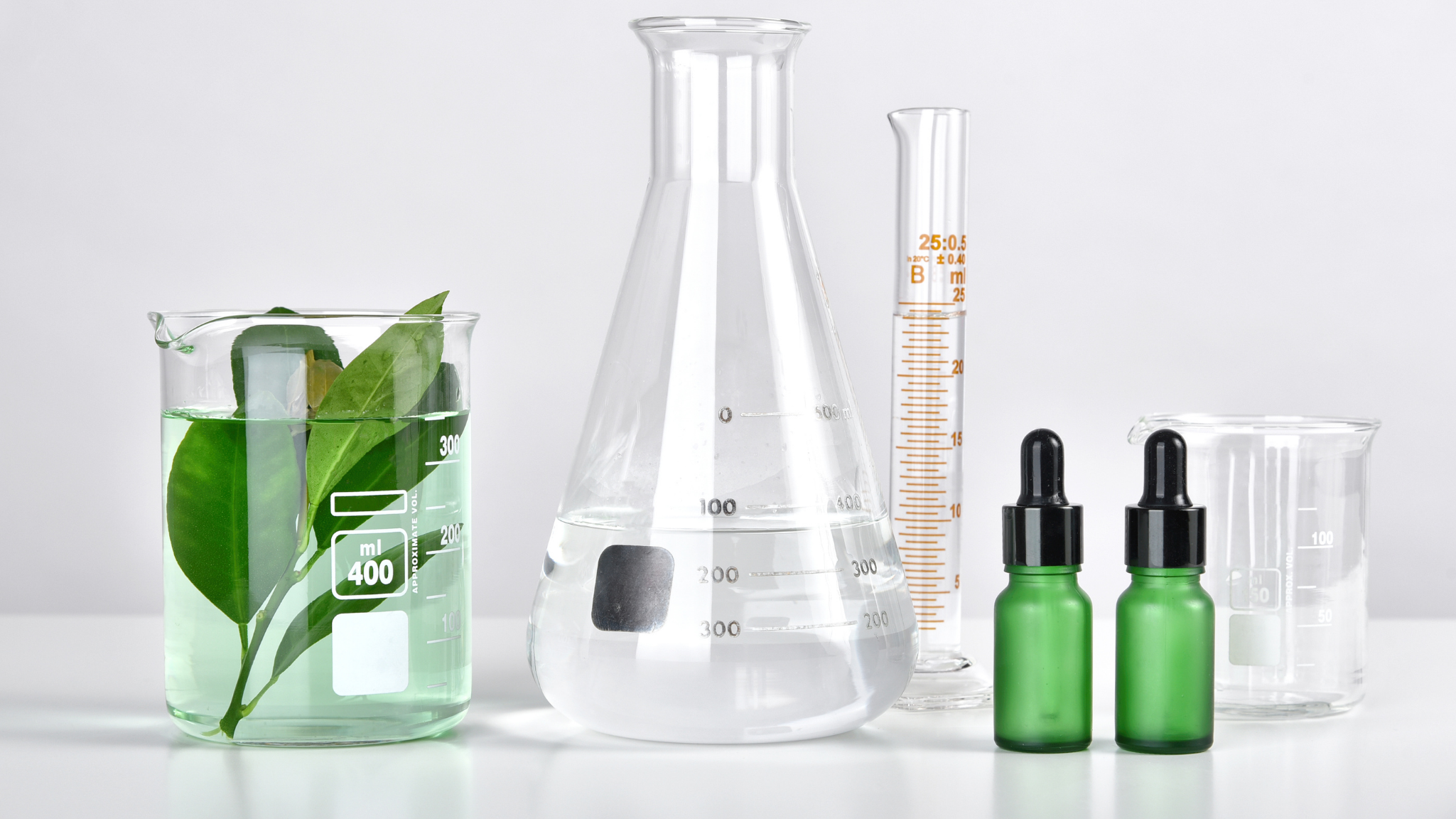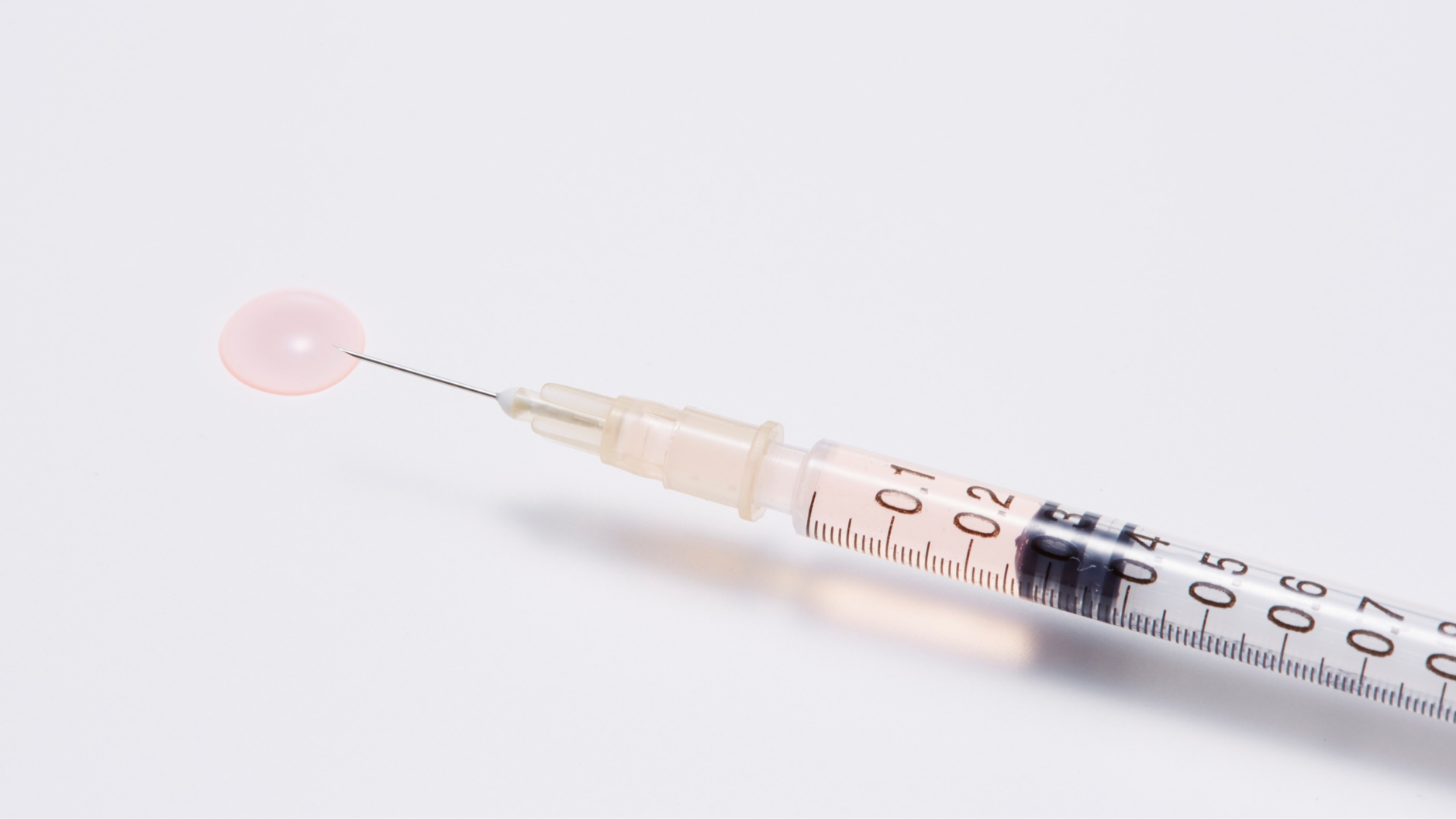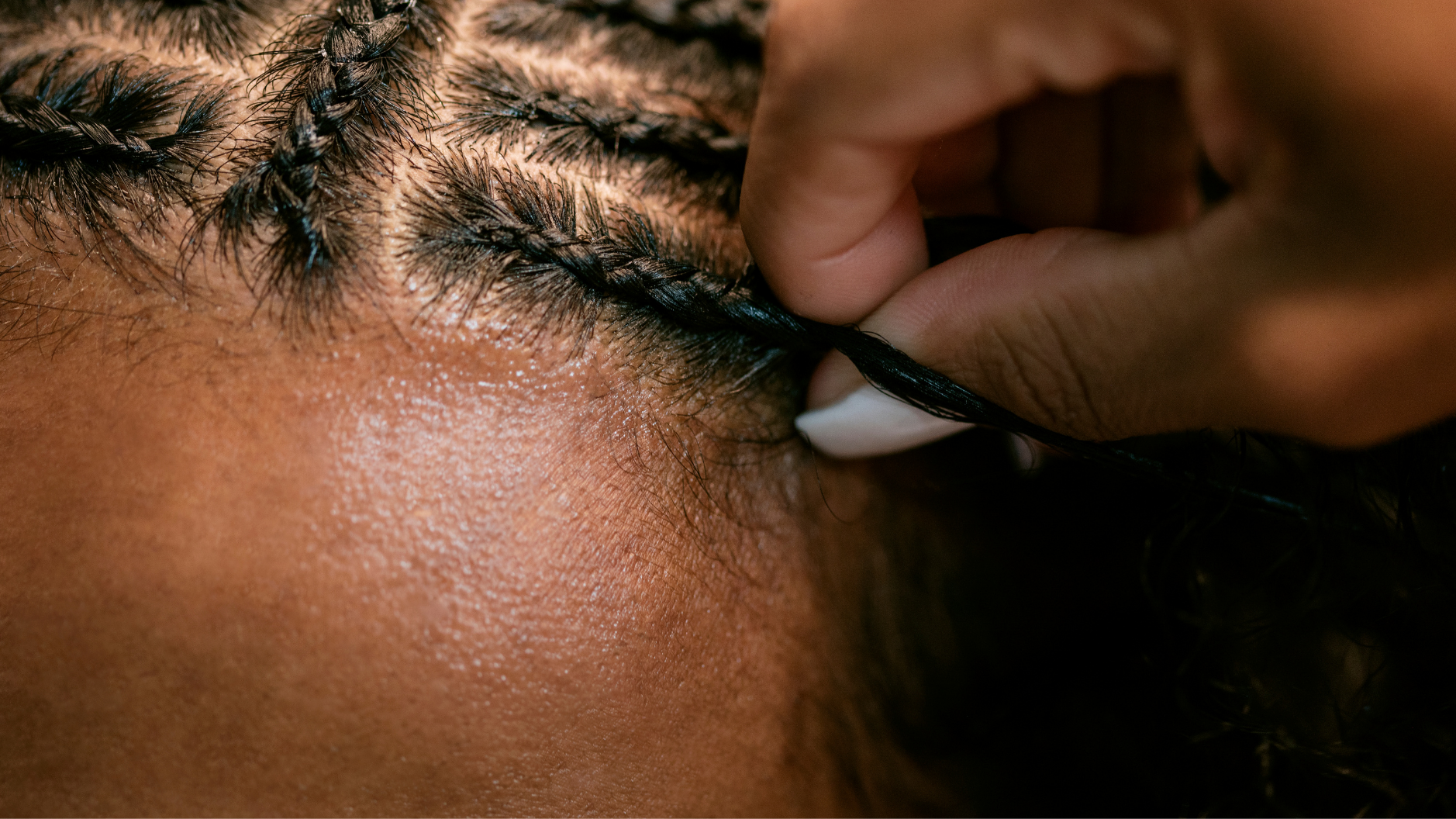How Many Sessions Are Needed? Understanding Mesotherapy Timelines and Maintenance
Most people considering mesotherapy have one main question: how long will it take to work? The effects of mesotherapy are cumulative, not immediate. Most treatment plans involve multiple sessions spaced over several weeks, with visible improvements typically appearing after two to three months. The number of sessions required, and whether maintenance is needed, depends on the type of hair loss, the treatment formulation, and how the scalp responds over time. This article outlines the evidence-based timelines behind mesotherapy and what patients can realistically expect.

Starting the Course: What to Expect
Most mesotherapy plans begin with a loading phase that involves three to six sessions, spaced every two to four weeks. This intensive period is designed to stimulate follicles, restore scalp function, and deliver a consistent dose of active ingredients.
For example, a placebo-controlled study using injectable 0.5 percent minoxidil in women with androgenetic alopecia followed a course of six treatments delivered every two weeks. Visible improvement was seen by the 12-week mark and maintained with occasional top-ups.
Another trial using peptides and copper-binding complexes achieved similar results over a three-month period. These early improvements typically include reduced shedding, improved hair texture, and the emergence of new growth in affected areas.
When Will You See Results?
In general, visible results are expected within eight to twelve weeks of starting treatment. This timeline reflects the natural pace of the hair growth cycle, where follicles must shift from resting (telogen) to growing (anagen) before changes become noticeable.
The speed of response depends on several factors:
-
The type and severity of hair loss
-
Whether systemic drivers (like low iron or inflammation) have been addressed
-
The choice of active ingredients
-
The health of the scalp and follicle density at baseline
In chronic conditions like long-standing telogen effluvium, patients may benefit from a more intensive loading phase, with injections every two weeks.
What About Maintenance?
Maintenance sessions are often recommended to support long-term results, but they are not always necessary. The role of maintenance depends on how much recovery has taken place and whether the underlying cause has been resolved.
If mesotherapy has helped the hair reach its genetic maximum density within the initial 'loading' phase, and no systemic drivers remain (such as hormonal imbalances or nutritional deficiencies), additional sessions may not provide further benefit. However, if improvement has been partial, or if there is concern about regression, an exteded 'optimistion' phase is recommended. Maintenance sessions every 3-6 months can help preserve gains and prevent relapse, but is not always necessary.
Customising the Timeline
Mesotherapy should never follow a one-size-fits-all model. While general timelines can provide guidance, the actual course should be customised to:
-
The patient’s diagnosis
-
Response to treatment
-
Scalp condition and sensitivity
-
Other treatments being used (e.g. PRP, supplements, LED therapy)
Patients with long-standing hair loss or multiple contributing factors may need a more intensive loading phase with periodic reassessment.
FAQs
How many sessions do most people need?
Three to six sessions are typical for a loading phase, spaced every two to four weeks. Some individuals see results sooner, but consistency is key.
When should I consider maintenance?
If hair density has not reached its maximum or if there is concern about regression, sessions every 3 -6 months may be appropriate.
Can mesotherapy cure hair loss?
Mesotherapy does not cure the root causes of hair loss, but it can help improve density, extend the growth phase, and improve scalp health when used appropriately.
Do the results wear off?
Sometimes. If the underlying causes remain unaddressed, shedding may return.
References
-
Shome D, Vadera S, Kapoor R, Khare S, Sethi S. A multicentric study to evaluate the efficacy and safety of QR678 Neo hair growth formulation in the treatment of androgenetic alopecia. J Cosmet Dermatol. 2021;20(6):1556–1564.
-
Nassar A, Ismail SA, Badran HA. Efficacy of LC Hair Essence (zinc, arginine, peptides, and botanical extracts) versus botulinum toxin A in male androgenetic alopecia. J Cosmet Dermatol. 2022;21(10):4261–4268.




